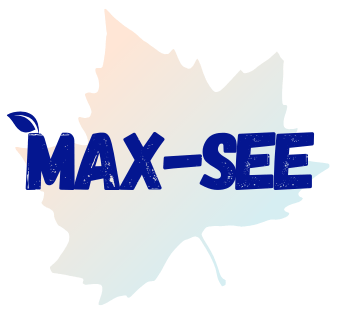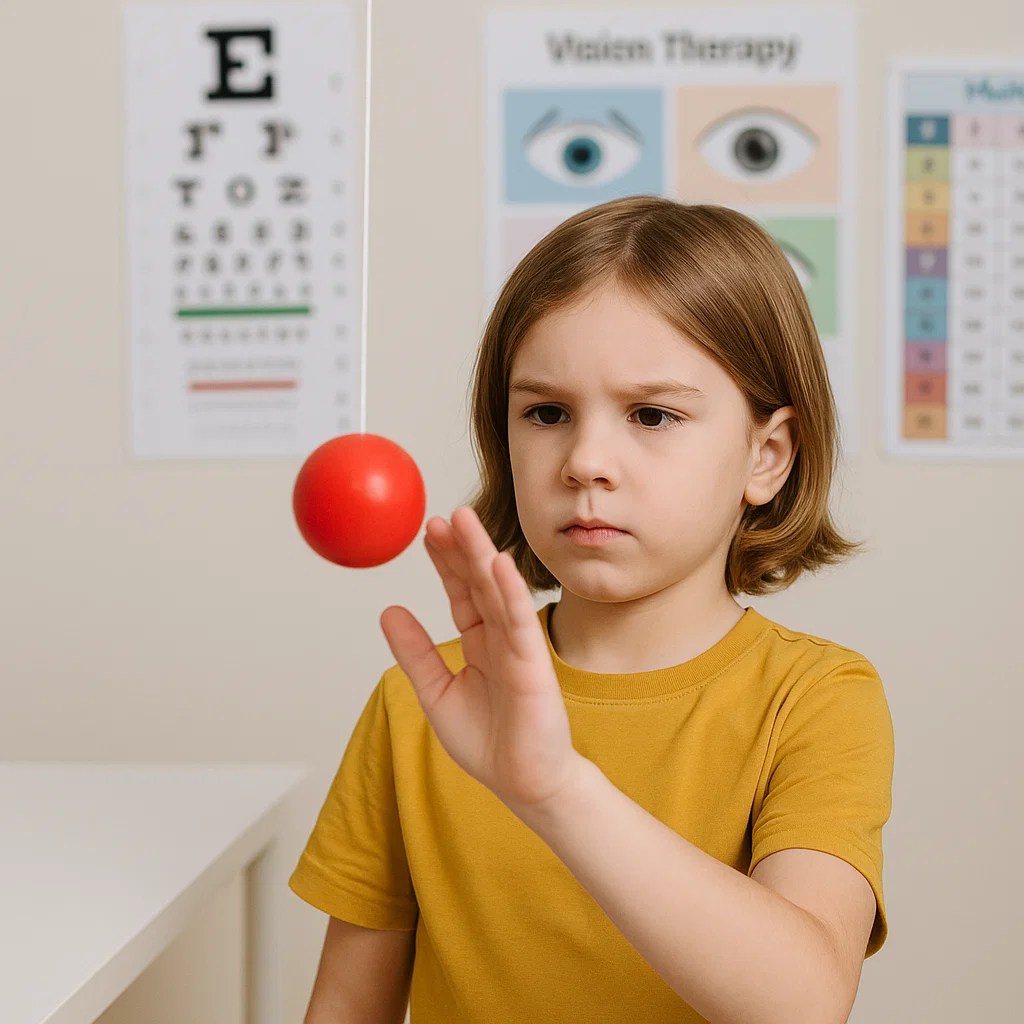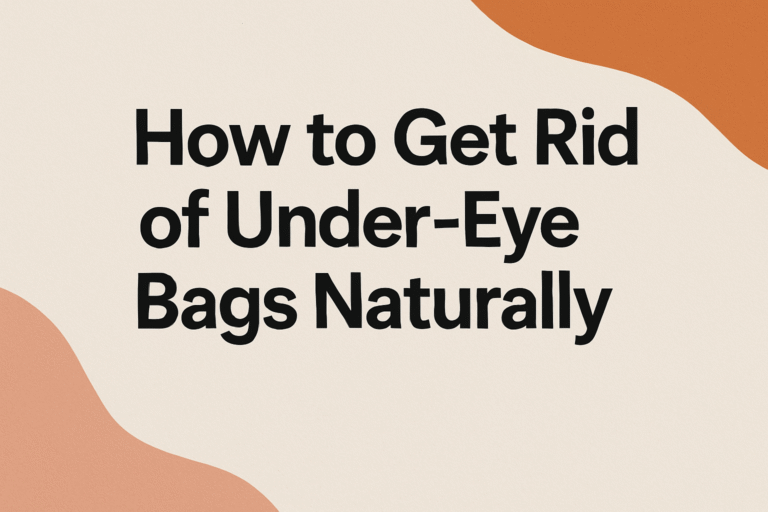Vision Therapy for Kids: Why It’s Important and How It Helps
As parents, we all want to give our children the best chance to succeed in school and in life. Good vision is a big part of that success, but many families don’t realize that having “20/20” eyesight doesn’t always mean a child’s vision is working properly. This is where vision therapy for kids comes in.
At Max-See, we often hear from parents who notice their child struggling with reading, focusing, or even enjoying sports, despite passing a regular eye exam. The truth is, vision involves more than just seeing clearly—it’s about how the eyes, brain, and body work together.
In this post, we’ll explain what vision therapy is, why it matters for children, and answer the most common questions parents have.
What Is Vision Therapy ?
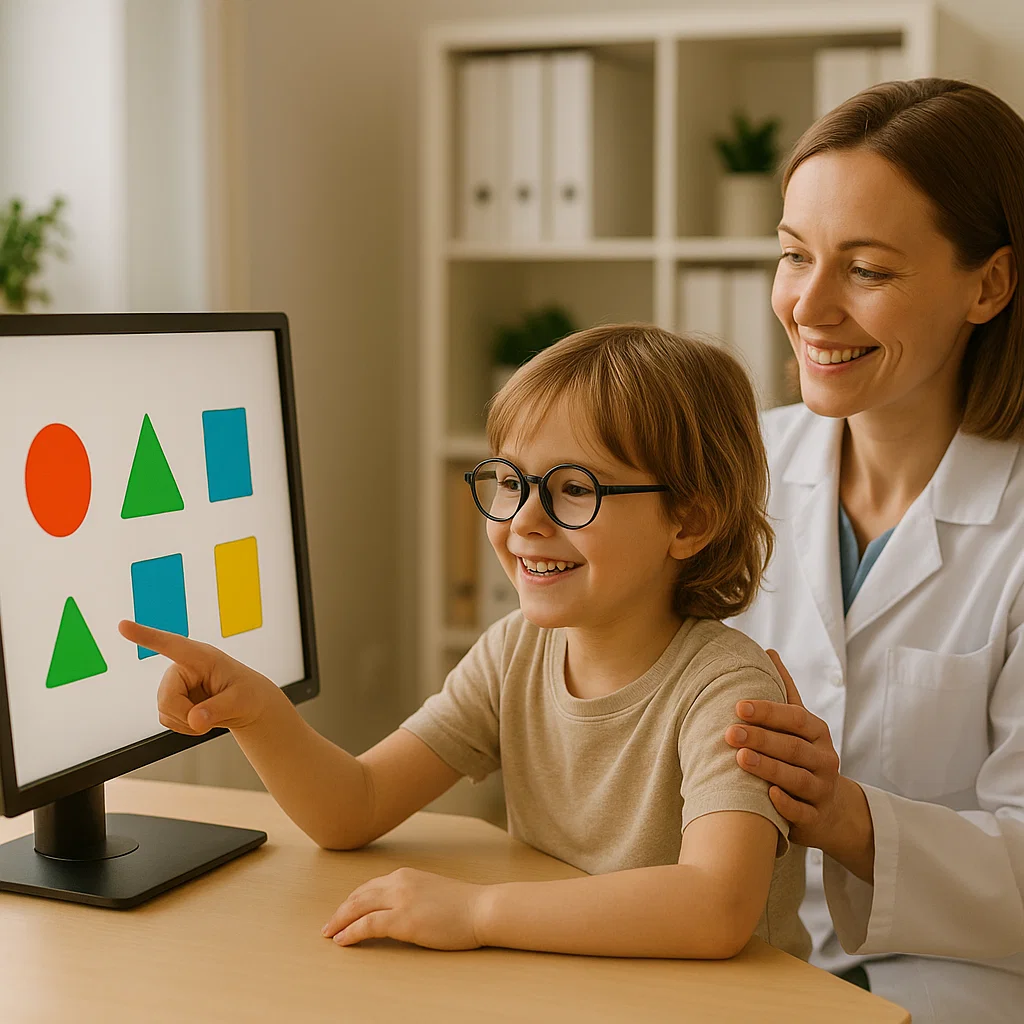
Vision therapy is like physical therapy for the eyes and brain. It’s a personalized program designed by eye care professionals to help children improve their visual skills. Unlike eyeglasses, which correct how light enters the eye, vision therapy trains the brain and eyes to work better together.
Therapy usually involves fun, age-appropriate activities and exercises, such as:
- Eye-tracking games
- Focus and coordination activities
- Puzzles and interactive tools
- Computer-based programs
These sessions help kids strengthen the visual skills they need for learning, reading, writing, and everyday activities.
Why Is Vision Therapy Important for Kids?
Strong visual skills are critical for your child’s development. Vision problems can sometimes be mistaken for learning or attention difficulties. For example, a child struggling to keep their place while reading may appear distracted, when in reality, their eyes simply aren’t working together smoothly.
Vision therapy can help with:
- Reading fluency and comprehension
- Eye-hand coordination for sports and play or in general, for students
- Better focus and reduced fatigue during schoolwork
- Improved confidence in learning and daily activities
When kids can see and process information clearly, they can reach their full potential in school and beyond.
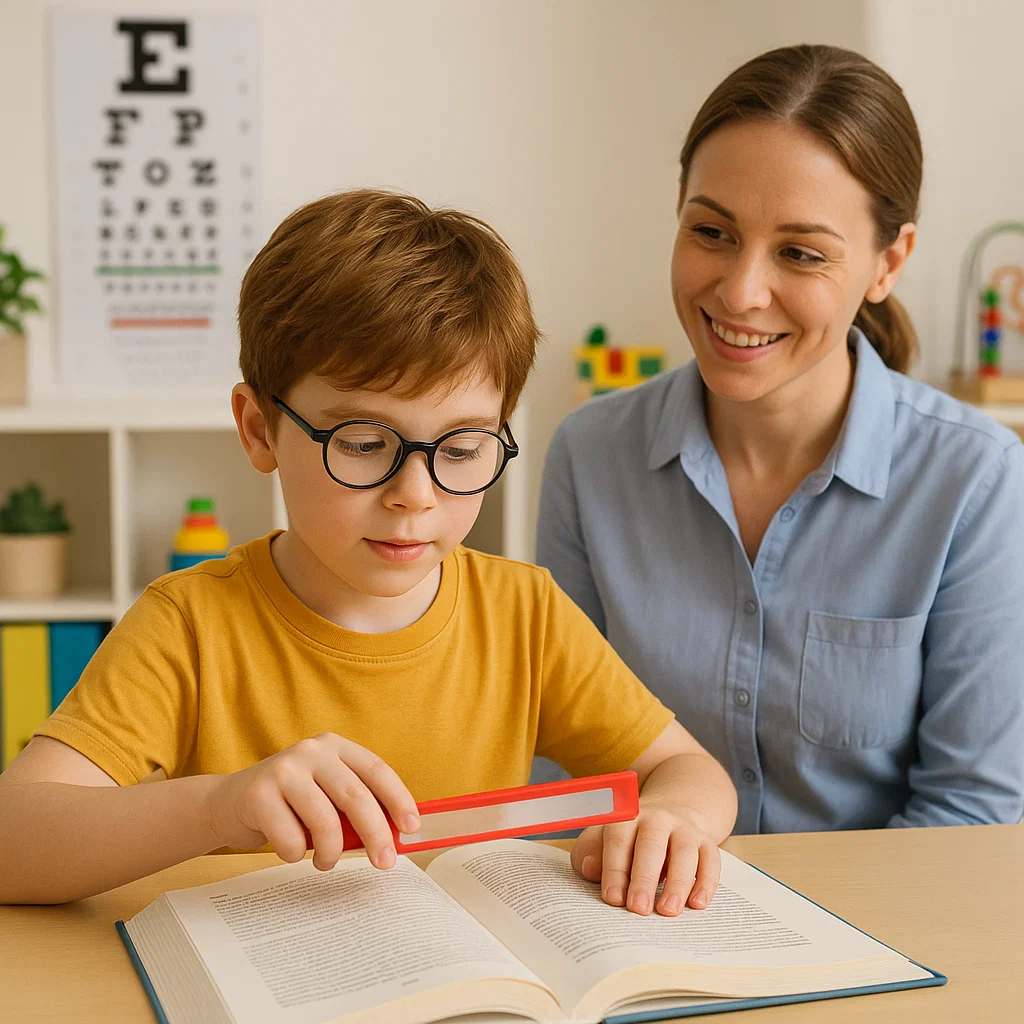
Common Questions Parents Ask
1. Does my child need vision therapy if they already wear glasses?
Answer could be yes or no. Glasses correct clarity, but they don’t always fix how the eyes focus, track, or work together. A child may still benefit from therapy even with the right prescription lenses.
2. What signs should I watch for?
Some red flags include:
- Losing their place or skipping words when reading
- Complaining of headaches or eye strain
- Difficulty concentrating on homework
- Avoiding reading or near tasks
- Tilting their head or covering one eye
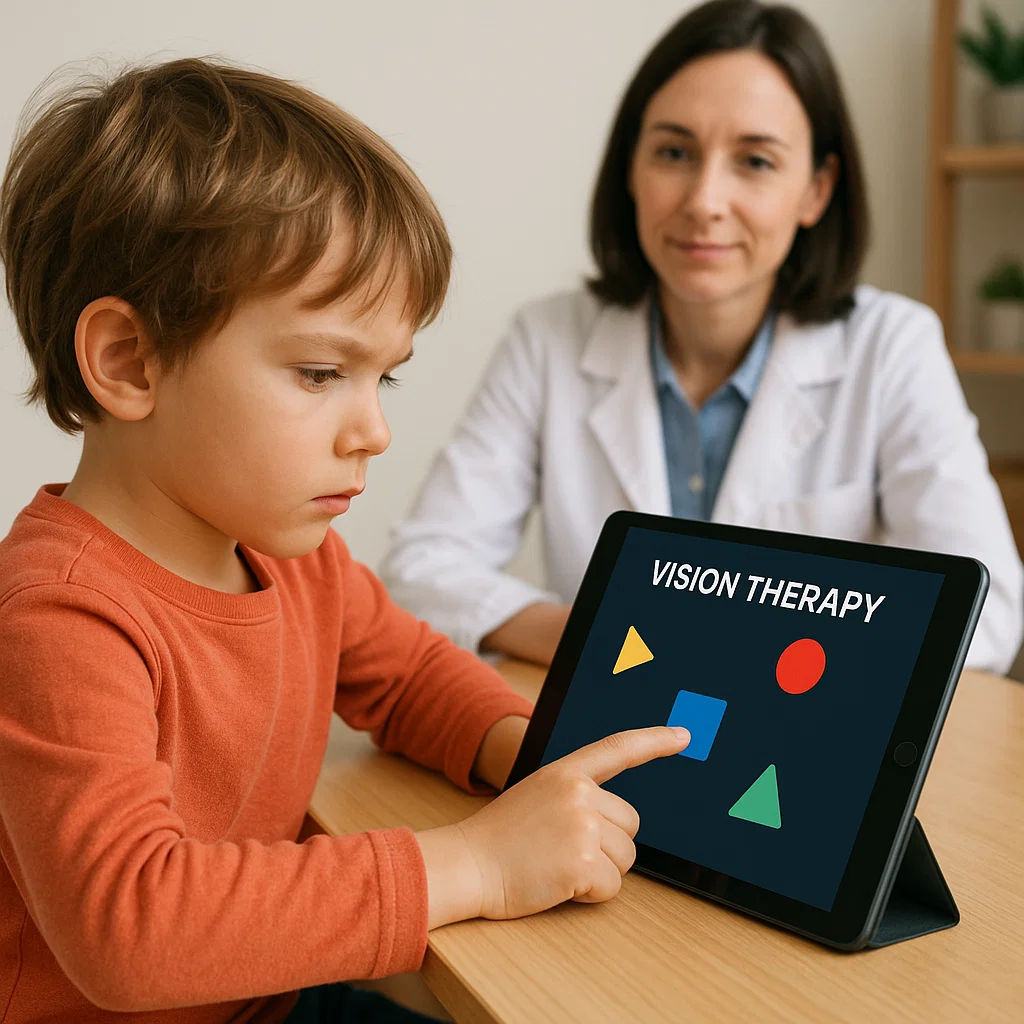
If you notice these signs, a specialized eye exam may reveal underlying issues that vision therapy can address.
3. Is vision therapy proven to work?
Yes. Many studies and decades of clinical experience show that vision therapy is effective for specific conditions, such as convergence insufficiency, eye-tracking problems, and focusing disorders. While not every child will need it, those who do often see significant improvements.
4. How long does it take?
The length of therapy depends on the child’s needs. Programs often last a few months, with weekly sessions and at-home activities to reinforce progress.
5. Is vision therapy the same as “eye exercises” I can find online?
Not exactly. Vision therapy is a structured, customized program designed by professionals after a thorough eye exam. Random exercises online can’t target your child’s specific needs.
The Connection Between Vision and Learning
Did you know that over 80% of what children learn in school is processed visually? From reading to writing to using technology, vision plays a central role. When kids have undiagnosed vision problems, it can affect grades, confidence, and even behavior.
By investing in vision therapy early, you give your child the tools to thrive—not just in school, but in all areas of life.
